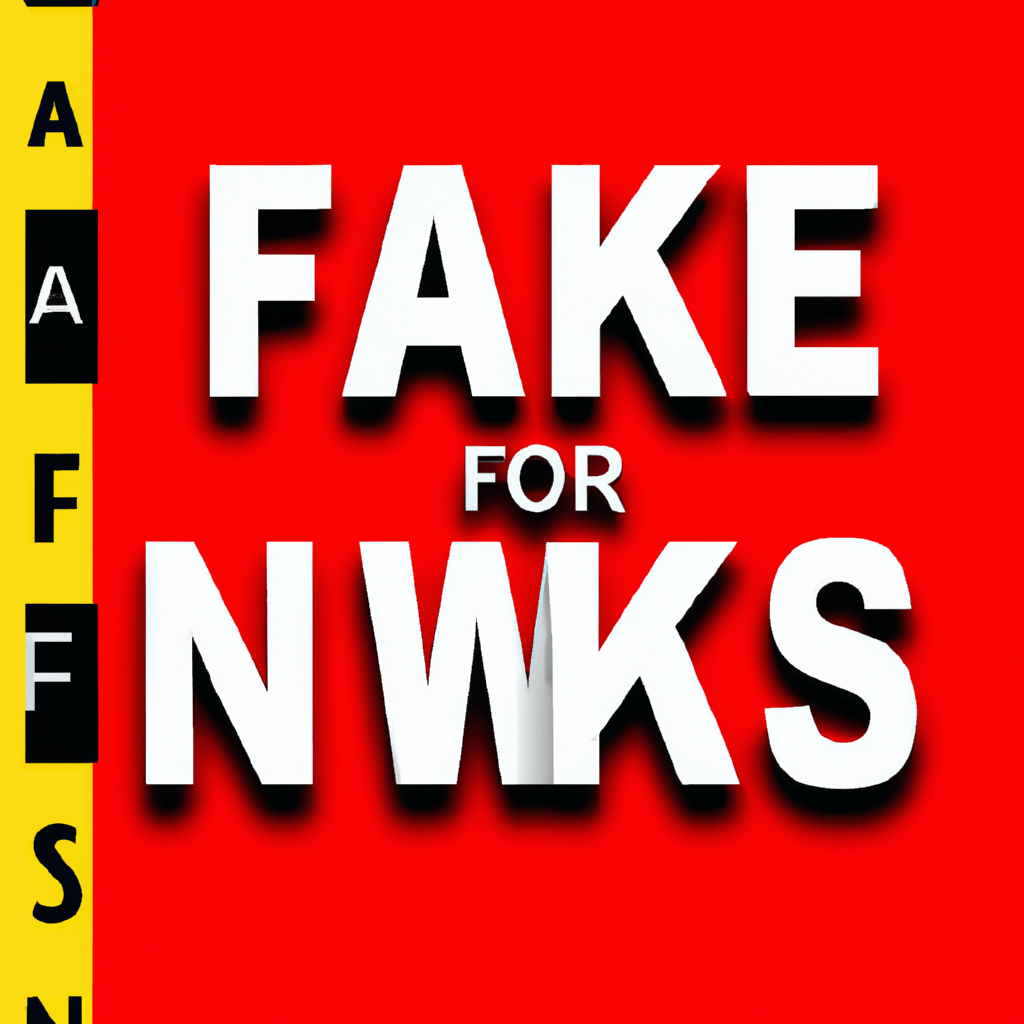Causes of Fake News and Disinformation

The proliferation of fake news and disinformation has become a troubling phenomenon in our interconnected world. One of the primary causes of this deceitful practice can be attributed to the ease of access to information and the increasing reliance on social media platforms. In the quest for quick, clickable content, individuals and organizations may prioritize sensationalism over truth, perpetuating falsehoods that can quickly spread like wildfire. Another cause is the existence of various agendas, whether political, social, or financial, which drive the spread of disinformation for personal gain or to manipulate public opinion. Furthermore, the lack of media literacy and critical thinking skills among consumers also contributes to the spread of fake news, as people may unknowingly share misleading or false information. This intertwining web of causes necessitates a concerted effort from all stakeholders to combat this ever-growing threat to truth and credibility.
Read more
Fake news and disinformation

Fake news and disinformation have become prevalent in today's digital age. With the rise of social media platforms, misleading and false information can spread like wildfire, posing significant challenges to society. Fake news refers to fabricated or distorted information presented as factual news, often with the aim to deceive or manipulate readers. Disinformation, on the other hand, involves intentionally spreading false or misleading information to shape public opinion or advance certain agendas. The consequences of fake news and disinformation range from sowing confusion and mistrust to influencing elections and undermining democratic processes. As responsible consumers of information, it is crucial to verify sources and critically analyze news to combat the spread of misinformation.
Read more












